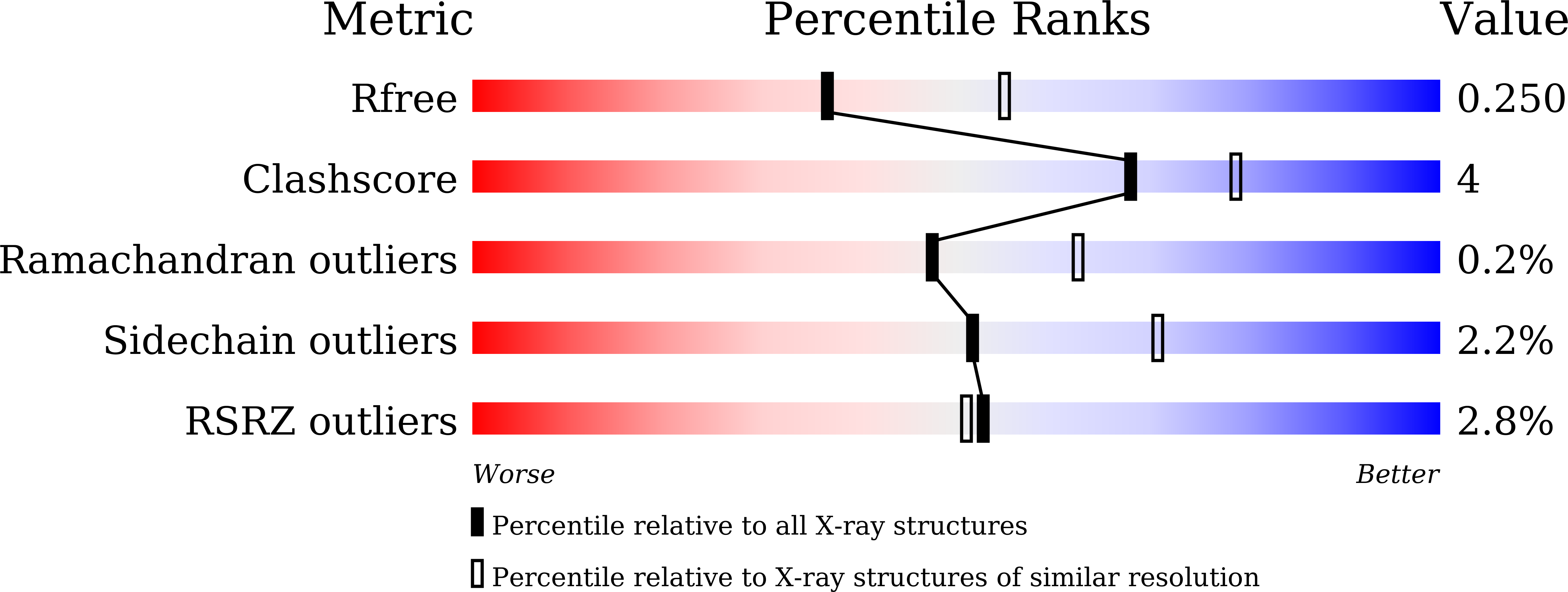
Deposition Date
2022-03-30
Release Date
2022-06-29
Last Version Date
2023-11-29
Entry Detail
PDB ID:
7XEB
Keywords:
Title:
Collagenase from Grimontia (Vibrio) hollisae 1706B complexed with Gly-Pro-Hyp
Biological Source:
Source Organism:
Grimontia hollisae (Taxon ID: 673)
synthetic construct (Taxon ID: 32630)
synthetic construct (Taxon ID: 32630)
Host Organism:
Method Details:
Experimental Method:
Resolution:
2.39 Å
R-Value Free:
0.25
R-Value Work:
0.20
R-Value Observed:
0.20
Space Group:
P 1 21 1


